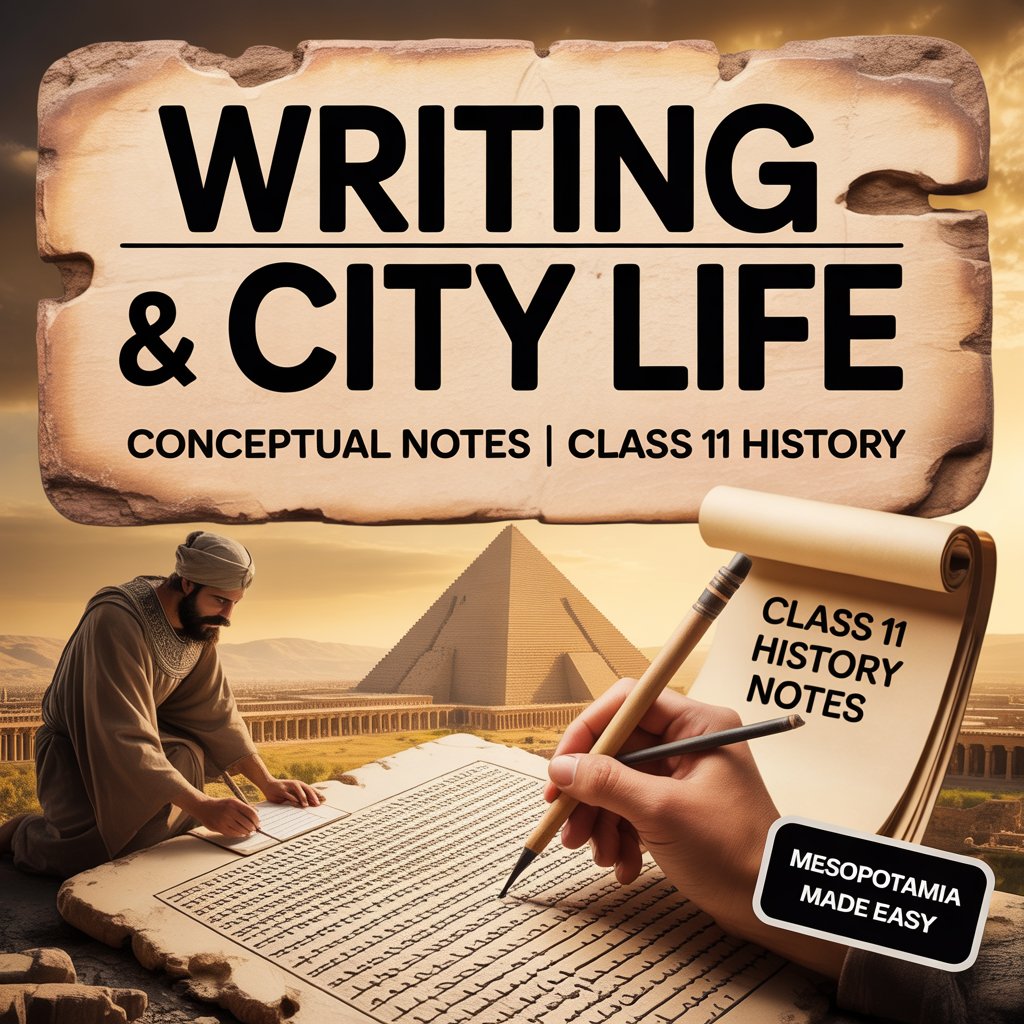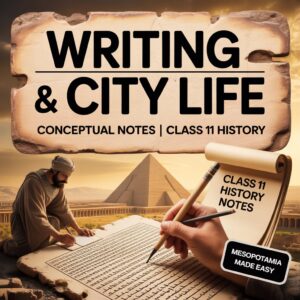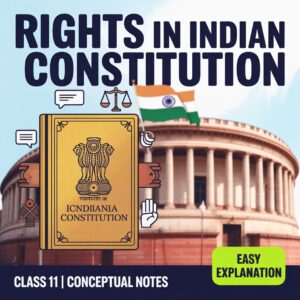
What is the meaning of Mesopotamia
-The word derived from two Greek words
- Mesos meaning “middle
- potamos meaning “river
-Mesopotamia Located between the rivers Euphrates and Tigris and Mesopotamia is a fertile land
Mesopotamia
- Located between the Tigris and Euphrates rivers , the region is now part of the Republic of Iraq. Urban Life began in this Civilization. The Mesopotamian civilization is renowned for its prosperity , urban life , vast and rich literature mathematics and astronomy
Major Sources of Historical Information about Mesopotamia
There are buildings , statues , tombs , Jewellery, tools, coins, tablets , and written documents
Language of Mesopotamia
- In this Civilization the first Sumerian language was spoken , followed by Akkadian language and later Aramaic Language
- Aramaic a language similar to Hebrew , gradually entered the world from 1400 BC onwards and it became widely spoken after 1000 BC and is still spoken in some parts of Iraq Today.
Geographical Location of Mesopotamia
- This Area is currently part of the Republic of Iraq
- Its Urbanized southern part was called Sumer and Akkad later this part came to be known as Babylonia
- Its Northern Part came to be known as Assyria after it was occupied by the Assyrians
- The Construction of Cities in this Civilization began in 3000 BC. its famous cities were Uruk , Ur and Mari
- The Steppe is grassland so animal husbandry is a better source of Livelihood than farming therefore agriculture , animal husbandry, and trade are the various sources of livelihood here
- The People here used bronze to make tools . A woman head carved from white marble has been found in the city of Uruk- The Warka head
- Division of Labor and social organization were characteristics of urban life and economy
- Food resources were rich here but there was a lack of mineral resources which were imported from Turkey , Iran or the Gulf Countries
- The Euphrates river was a well established waterway for trade
- To keep accounts and transactions in the urban economy , the art of writing developed here
Agriculture and Climate of Mesopotamia
- The Tigris and Euphrates river flow from the northern mountains bringing with them fertile fine soil. when these rivers flood or their water is diverted to fields for irrigation canals , wheat , barley , peas , and lentils are cultivated here
- Southern Mesopotamia was the most productive region although it lacked the necessary rainfall for crop production
- The Primary Occupation of the steppe region was animal husbandry . in addition to agriculture , sheep’s , and goats were raised on the steppe grasslands , northeastern plains and mountain slopes
The Oldest Cities of Mesopotamia
The Construction of cities in this civilization began in 3000 BC its famous cities were URUK Ur and Mari .
The City of Ur lacked a town planning system with narrow and winding streets. the drainage system was poor the residents of Ur considered omens when building their homes
After 2000 BC the City of Mari , upstream of the Euphrates river , flourished as a royal capital located at a crucial trading point it was a prosperous and prosperous city The Royal Palace of Gymrilam and a temple have been discovered here
Writing Skills
The First tablet found in Mesopotamia date back to around 3200 BC . They were written in cuneiform script using the sharp point of a reed. these tablets were dried in the sun.
Features of the Writing system
The Cuneiform symbol used to represent a sound is not a single consonant or vowel
There were different symbols for different sounds which meant that the scribe had to learn hundreds of symbols
These had to be written on a wet strip before it dried
A skilled person was required to write
In this the sounds of a particular language had to be given a visual form
Cuneiform
It is derived from the Latin words cuneus meaning left and forma meaning shape
Time Calculation
The Scholarly tradition of time calculation and mathematics is Mesopotamia’s greatest contribution to the world
The People of this civilization were familiar with multiplication, division, square root , compound interest etc.
For Time Calculation the people here divided a year into 12 months , 1 month into 4 weeks , 1 day into 24 hrs. And 1 hr. into 60 minutes
Types of Mesopotamian Cities
- Cities that grew around temples
- Cities that developed as centers of trade
- Imperial City
Urbanization/ settlement of cities
cities and towns were not merely places for large numbers of people to live. when an economy develops economic activities beyond food production , the population density in a given location increases , consequently towns begins to string up
In addition to food production , trade manufacturing and various services also play an important role in urban economics. Urban residents are not self- sufficient and must rely on other residents of the city or village for goods or services . they engage in frequent transactions thus we see that rural communities are also involved in urban activities
Features of urban Life
There is division of labor in urban life
People involved in different works remain connected with each other through transactions
Essential items for Urban manufacturers like fuel, metal various types of stones wood etc. come from different places
Movement of Goods in the cities of Mesopotamia
No matter how rich Mesopotamia’s food resources were , it lacked mineral resources much of the south lacked stone for making tools, seals , coins and Jewellery
The wood of Iraqi date palms and poplar trees was not particularly good for making carts , cart wheels or boats
No metal was available there to make tools, utensil and ornaments
The Mesopotamians probably imported wood , copper, tin silver gold shells and various types of stones from turkey and Iran or the countries across the Gulf for which they exported their textiles and agricultural products in large quantities
Transportation
The easiest and cheapest mode of transportation was waterways . this was the reason why waterways were the most Important mode of transport for Mesopotamian cities.
Temples of Mesopotamia
Some early Mesopotamian temples resembled ordinary houses differing only in that their outer walls curved inward and outward at regular intervals Ur(The Moon) and Inanna (the goddess of love and war) were the principal deities
- it was made of raw bricks
- these temples were the abode of various Gods and Goddesses such as Ur the moon God and Inanna the Goddess of Love and war
- These temples were built of bricks and grew larger over time with several rooms surrounding open courtyards
- some early temples were no different from ordinary houses because the temple was also the home of deity
- The Outer walls of the temples were bent inwards and Outwards after certain intervals this was specially of the temples
Worship of the deity
- The deity was the focal point of the worship
- People used to bring food grains, curd and fish for the Gods and Goddesses
- The deity was theoretically considered the owner of the fields fishing areas and livestock of the local people
- when the time came the process of converting the produce into manufactured goods like oil extraction , grinding of grains , spinning and weaving of woolen cloths etc. was done near the temples
Rulers of Mesopotamia
The Division of time was adopted by Alexanders successors and from there it reached Rome and the Islamic world and later medieval Europe
Gilgamesh- he was the ruler of the city of Uruk a great warrior who had subjugated far-flung regions
The Assyrian ruler Ashur Banipal had established a library in Nineveh by importing many clays tablets from Babylonia
Nabopolasar liberated Babylonia from Assyrian rule in 625 BC
Babylon renamed a major city until its defeat by Alexanders in 331 BC. Nabonidus was the last ruler of the independent Babylon




